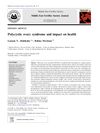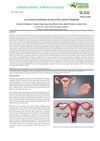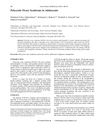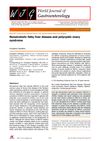Polycystic Ovary Syndrome: Pathogenesis, Treatment, and Secondary Associated Diseases
September 2018
in “
Journal of Drug Delivery and Therapeutics
”
hyperandrogenism insulin resistance hyperinsulinemia abdominal obesity hypertension dyslipidemia type 2 diabetes mellitus endometrial hyperplasia coronary artery disease gonadotropin-releasing hormone luteinizing hormone androgen synthesis anovulation metabolic syndrome heart disease high blood pressure high insulin levels high cholesterol type 2 diabetes
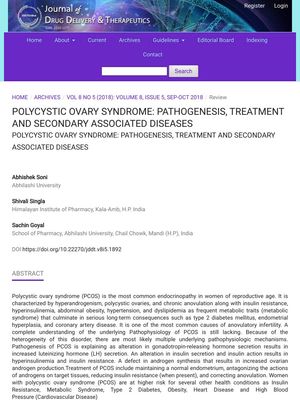
TLDR PCOS is a common hormonal disorder in women linked to several health risks and can be managed through various treatments.
Polycystic ovary syndrome (PCOS) is the most common endocrinopathy in women of reproductive age, characterized by hyperandrogenism, polycystic ovaries, and chronic anovulation. It is often associated with insulin resistance, hyperinsulinemia, abdominal obesity, hypertension, and dyslipidemia, leading to serious long-term consequences such as type 2 diabetes mellitus, endometrial hyperplasia, and coronary artery disease. The pathogenesis of PCOS is explained as an alteration in gonadotropin-releasing hormone secretion, resulting in increased luteinizing hormone (LH) secretion, an alteration in insulin secretion and insulin action, and a defect in androgen synthesis. Treatment of PCOS includes maintaining a normal endometrium, antagonizing the actions of androgens on target tissues, reducing insulin resistance, and correcting anovulation. Women with PCOS are at higher risk for several other health conditions such as insulin resistance, metabolic syndrome, type 2 diabetes, obesity, heart disease, and high blood pressure.
